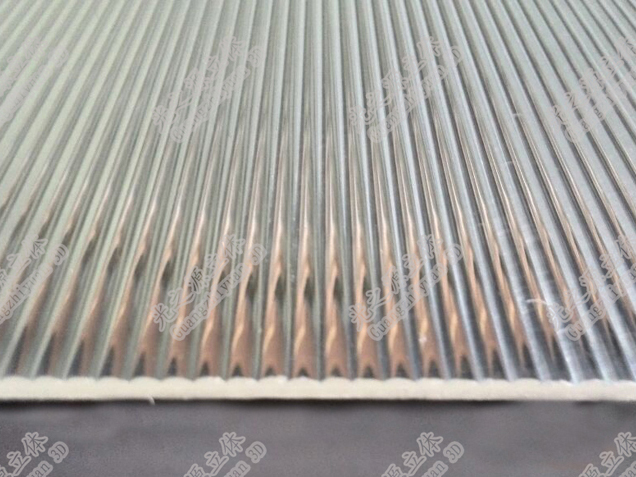Exploring the Technology behind Lenticular Lens Sheets
Lenticular lens sheet are a fascinating innovation in visual
technology that enables the creation of dynamic and eye-catching images. These
sheets consist of an array of small lenses (lenticules) on one side and a
printed image on the other. When viewed from different angles, the lenses
produce an illusion of depth, motion, or transformation within the image. Let's
delve into the details of lenticular lens sheets, their workings, applications,
and the benefits they offer.
How Lenticular Lens Sheets Work
Lenticular lens sheet works on the principle of creating
multiple images or frames that are interleaved and aligned with the lenses.
Here's a simplified explanation of their functioning:
- Lenticular Array: The lenticular lens sheet is
composed of rows of small cylindrical lenses (lenticules) that are
precisely aligned over a printed image or series of images.
- Interlacing Technique: The desired images (frames)
are digitally processed and interlaced. This means that strips or slices
of each image are arranged in a specific order to correspond with the
lenses on the sheet.
- Printing: The interlaced image is printed on the backside
of the lenticular lens sheet. The alignment is crucial as each lens will
display a slightly different view of the image depending on the viewing
angle.
- Viewing Experience: When the viewer changes their
viewing angle, different portions of the printed images are visible
through different lenses. This creates the illusion of movement, depth, or
even a change in the image itself, depending on the design and number of
frames used.
Applications of Lenticular Lens
Sheets
Lenticular lens sheet manufacturer finds applications across various
industries and purposes, owing to their ability to create engaging visual
effects:
- Advertising and Marketing: Lenticular prints are widely
used in advertising to attract attention and deliver messages dynamically
and memorably. They are employed in posters, billboards, business cards,
and promotional materials.
- Art and Photography: Artists and photographers use
lenticular lens sheets to add depth and motion to their works, creating
visually captivating pieces that evolve as the viewer interacts with them.
- Packaging: Lenticular packaging stands out on retail
shelves, offering a unique way to showcase products and enhance brand
visibility.
- Education: Lenticular lens sheets are utilized in
educational materials to illustrate concepts, diagrams, and historical
sequences in an interactive and engaging format.
- Decorative Items: They are used in various
decorative items such as bookmarks, postcards, puzzles, and more,
enhancing their appeal and making them collectible items.
Advantages of Lenticular Lens Sheets
- Attention-grabbing: Lenticular prints instantly
capture attention due to their dynamic visual effects, making them
effective for marketing and advertising purposes.
- Engaging and Interactive: They engage viewers by
allowing them to interact with the image, revealing different perspectives
or narratives as they change their viewing angle.
- Memorable: The unique and mesmerizing nature of lenticular
prints leaves a lasting impression on viewers, increasing brand recall and
message retention.
- Versatility: Lenticular lens sheets can be used in various
sizes and shapes, offering flexibility in design and application across
different industries.
Conclusion
Lenticular lens sheets represent a blend of technology and creativity that continues to redefine visual communication. Whether used for marketing campaigns, artistic expressions, educational tools, or decorative purposes, lenticular lens sheet offer a compelling way to convey messages and engage audiences. With their ability to transform static images into dynamic visual experiences, lenticular lens sheets remain a valuable tool for businesses, artists, educators, and designers alike, pushing the boundaries of visual storytelling and innovation.





Comments
Post a Comment